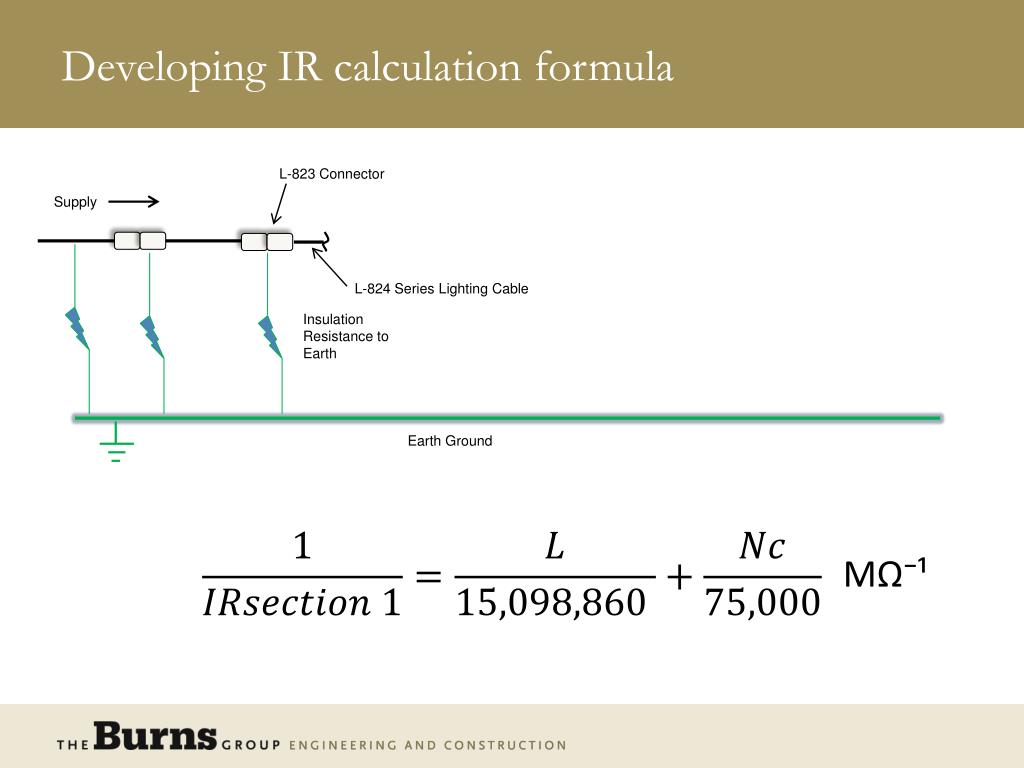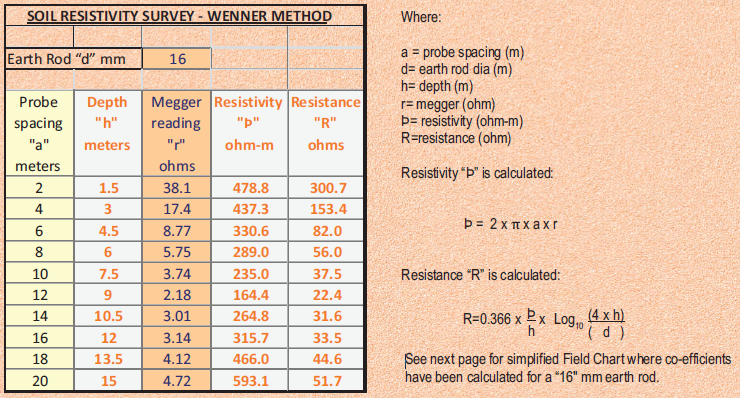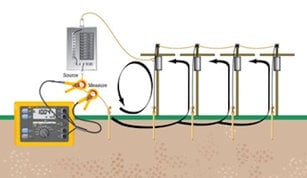
The resistance, R, expressed in ohms, of a vertical electrode surrounded by an infill of material Use of GEM would be in areas where the ground resistivity is very high and problems arise in trying to achieve the required electrode resistance. The intent is to reduce the earth electrode resistivity. Ground enhancing materials (GEM) is a technique where the ground immediately surrounding an earth electrode is replaced with a low resistance material. Six point star, length of arm L, depth s/2Įight point star, length of arm L, depth s/2 Three point star, length of arm K, depth s/2įour point star, length of arm L, depth s/2 Right angle turn of wire, length of arm L, depth s/2 The following formula (source: IEEE Std.142:1991) enable the resistance to ground to be calculated.īuried horizontal wire, length 2L, depth s/2 In high resistivity locations, decreasing the resistivity in the area close to the electrode by use of ground enhancing materials (chemical treatment or the use of concrete) will improve the effectiveness of the earth system. As can be seen from the figure, 67% of the total resistance is accounted for at a distance of 0.3 M from the electrode. The figure illustrates the contribution of the earth to the total resistance of the electrode at increasing distances from the surface of the electrode. Shells nearest to the electrode have the smallest surface area and hence the largest resistance. Resistance Contribution v's DistanceAround an earth electrode the resistance of the soil is the sum of series resistances of virtual shells of earth propagating outward from the electrode.


Resistance and Distance from an Electrode

If the resistivity of the ground is r, the electric field is:īy integrating the electric field from the surface of the electrode to infinity, the voltage of the electrode is:Īpparent resistance R g, can now be found from: Method - assume a current I, is injected into an electrode then at some point distant from the electrode, the current density is:


 0 kommentar(er)
0 kommentar(er)
